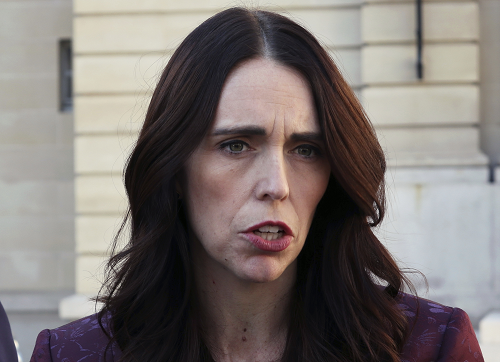
Understanding social security benefits
The social security program is dedicated to a dedicated payroll tax called the Federal Insurance Contributions Act (FICA). Employees and employers pay 6.2 percent of wages each, up to the taxable minimum of $142,800 for the year 2021. Self-employed individuals pay the entire 12.4 percent but can deduct half as a business expense. Social security is financed by this tax under the law. Any surplus money is used to buy government bonds held in the Social Security Trust Fund. The money that is used to pay through taxes is not the same amount one will receive later. Social security uses the funds contributed now to fund payments to those who currently receive benefits, such as those who are retired, disable, survivors of workers who have died, dependents and other beneficiaries. Unfortunately, because of demographics -- Americans are now having fewer children and are living longer -- there are declining worker-to-beneficiary ratios. Moving forward, fewer people will be putting money into the Security System while more will be taking money out of it. These factors contribute to the declining "bank account" of social security, which is estimated to be exhausted by 2035. (Related: Social security will be worthless by 2033: Here's the mathematical proof.) By then, social security is expected to only have enough money to pay about 79 percent of what it should in the year. Meaning, those in their 40s and 50s today may not be able to receive their full Social Security benefits upon retirement despite paying into the system today. Only 10 percent of Americans ages 45 and up say that they plan to wait until they are 70 to begin drawing their social security funds, at which age they can receive their maximum monthly benefit, according to Schroders' 2021 U.S. Retirement Survey. However, many Americans also want to retire before the age of 70 and will need social security benefits to cover their living expenses. Joel Schiffman, head of Schroders' Intermediary Distribution in North America, said: "Social security is the primary source of income for the majority of Americans we surveyed, which is why we were surprised to see so many deciding not to wait until 70 for larger monthly payments; or worse, sacrificing their full benefits by tapping into them early," Those who haven't saved enough to cover their expenses need to tap into their social security. With more than half of non-retired Americans and 58 percent of retirees seeing social security as their primary source of income, it appears that the amount will not be enough to live on -- especially for those who won't be receiving their full benefits in 2035. These numbers show the importance of having a 401(k), a Simplified Employee Pension IRA, Roth IRA and other investments to save for retirement, as social security will be unlikely to cover all living expenses for seniors. Other sources of income could include cash savings, investments, pension plans, annuities and rental incomes. Fortunately, the lack of funds is a worst-case scenario from the social security. The administration is nowhere near bankruptcy for now and has more than a decade to act before the funds get completely depleted. With benefit cuts and by increasing the age at which people can start collecting their benefits, the administration can make up for any future shortfalls. Read more about social security benefits at Pensions.news. Sources: MarketWatch.com Investopedia.com Finance.Yahoo.comLargest US food distributor having trouble keeping shelves stocked; price shock imminent
By News Editors // Share
Mysterious Gulfstream IV makes another appearance in Michigan
By Mary Villareal // Share
Over 7M Americans to lose unemployment benefits after Labor Day
By Mary Villareal // Share
Ancient civilizations to modern science agree: Garlic is a powerhouse for health
By willowt // Share
Chokepoints of Power: The silent war for global domination in the waterways
By bellecarter // Share
Why HEART SUPPORT belongs in your New Year plan: Health Ranger Store’s event is live
By hrseditor // Share
Various food products RECALLED over salmonella contamination, exposing food safety failures
By oliviacook // Share
Study: Healthy lifestyle can override "bad" genes, extending lifespan by up to 5 years
By dominguez // Share











